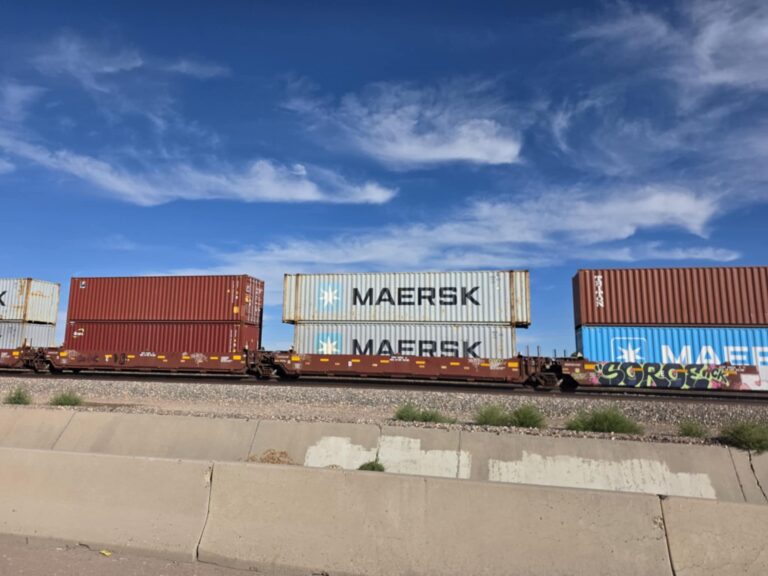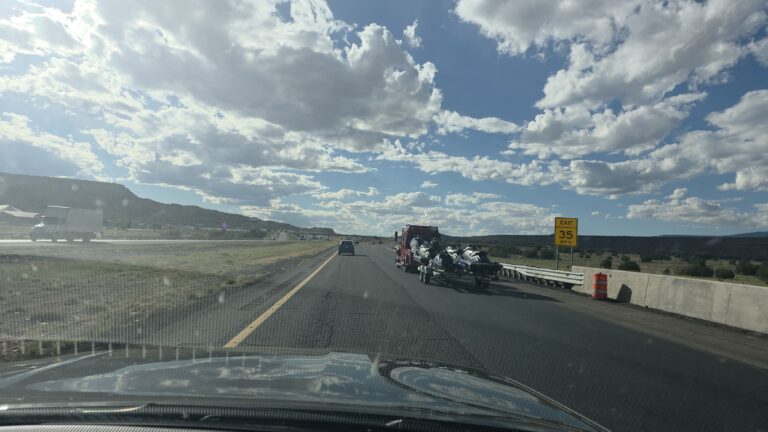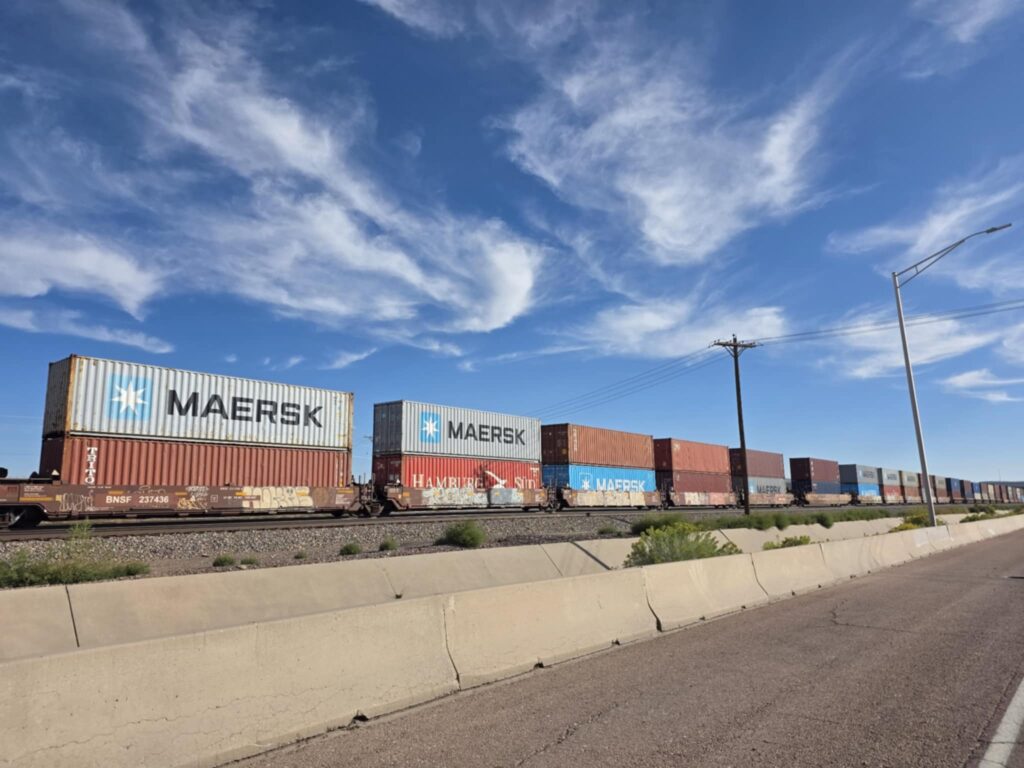Few routes are as deeply woven into America’s history and the evolution of logistics as the legendary Route 66. Stretching nearly 4,000 kilometers (≈2,450 miles) from Chicago to Los Angeles, the Mother Road is not only a symbol of freedom and open roads—it’s also a cornerstone of modern road freight.
In the mid-20th century, Route 66 connected the United States from east to west. Truck convoys, service stations, and rows of classic roadside motels powered economic growth. More than asphalt, Route 66 was an artery linking factories, farms, and ports—circulating the goods that kept the country moving.
The Road That Kept America Moving
Known as the Mother Road, Route 66 became a symbol of economic survival during the Great Depression, when thousands of families migrated west in search of opportunity.
After World War II, as American industry accelerated, the 66 became the backbone of long-haul trucking—until the Interstate Highway System gradually took over.
But the road never disappeared. Today, Route 66 stands as a cultural monument to logistics, where past and future meet: historic gas stations, depots, and rail crossings still tell the story of how road freight began.
Rails on the Horizon — When Road and Track Run Side by Side
Route 66 was never truly alone. For long stretches, it runs parallel to major rail lines, often just a few hundred meters apart. That was by design: in the 1920s–30s, engineers followed existing rail corridors to leverage established infrastructure and town links.
Across Illinois, Texas, New Mexico, and Arizona, you can still watch Route 66 and today’s BNSF Railway mainline meander together across prairie and desert. The two networks co-wrote America’s logistics story: rail moved heavy, long-distance freight; the 66 provided the flexibility and speed of road transport.

Double-Stack: The Railroad’s Quiet Superpower
While Route 66 became an icon of road freight, U.S. railroads staged a technological revolution. American freight trains frequently exceed 3 kilometers (≈2 miles) in length, and containers are transported in two tiers—the double-stack system.
Double-stacking delivers twice the capacity with roughly the same tractive energy, dramatically cutting CO₂ emissions. A single train can replace hundreds of trucks, making rail a pillar of sustainable logistics. In the U.S., that’s not just technology—it’s a mindset: efficiency, greener operations, and long-term planning.
Why You Rarely See Double-Stack in Europe
A common question: why isn’t double-stack everywhere in Europe? The reasons are logistical and infrastructural:
Europe’s railways were built with tighter structure gauges—lower bridges, tunnels, and platform canopies—limiting container height.
The U.S. network spans vast open terrain with long, continuous corridors, making taller clearances and longer trains feasible.
The result? U.S. rail remains uniquely efficient at scale, while European logistics leans more on multimodal flows (road + rail + inland waterways/short sea) for its efficiency gains.
Two Paths — A Shared Future
Together, Route 66 and America’s railways show how logistics connects people, cities, and economies. Once seen as competitors, road and rail now complement each other. The agility of trucking and the sustainability of rail jointly answer today’s demands: speed, cost efficiency, and climate responsibility.
As Route 66 lives on as the road of freedom, rail has become an emblem of green logistics. Both remind us that the path—whether asphalt or steel—doesn’t just reach destinations; it writes history.


